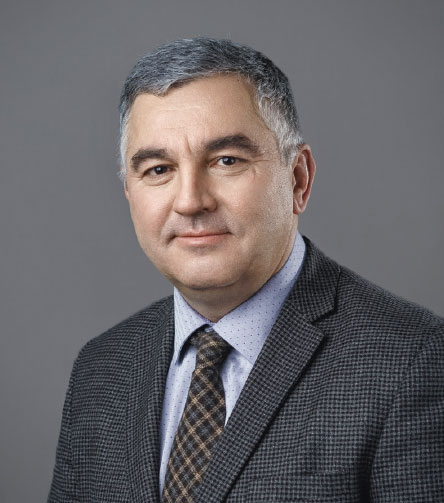Shaturskaya GRES

“We achieved key production and financial targets in 2018. We successfully completed the previous heating season and awarded the best heat energy consumers. The year was full of events.
At Power Unit No. 5 we successfully conducted certification tests for participation in RPFC in accordance with the requirements of the System Operator. We remarked the CCGT plant with an increase in installed capacity from 393.4 MW to 400 MW.
As for social projects, we also continue to do important things. Thus, the staff of our GRES conducted an environmental campaign called “Green Territory” with the support of Shatura District authorities. Moreover, we have strengthened the material and technical facilities of local school No. 4, Shatursky Energy Technical School, city lyceum, and kindergarten No. 5.”




Fuel mix structure
|
Fuel |
Gas |
Coal |
Fuel oil |
|
Volume, mln cbm or thousand tonnes |
1,204.49 |
0.44 |
0.12 |
|
Volume, thousand tonnes of fuel equivalent |
1,405.28 |
0.23 |
0.16 |
|
Share, % |
100.0 |
0.0 |
0.0 |
Shaturskaya GRES is One of the Oldest Power Plants in Russia
The history of Shaturskaya GRES counts over 98 years. It is one of the first power plants constructed according to the GOELRO plan (Russian State Electrification Programme) in 1920.
Commissioned in November of 2010, the 400 MW CCGT power unit was the first single-shaft power unit with the most powerful F-class serial gas turbine in Russia. The efficiency of the combined cycle gas turbine plant at Shaturskaya GRES is about 56%, which exceeds the performance indicators of the power units in the Russian heat generation sector by more than one third. Due to its environmental safety, the 400 MW CCGT at Shaturskaya GRES became the first Russian project approved by the United Nations Organisation under the Kyoto Protocol.
The selection of the composition and loading of the generating equipment are carried out pursuant to the System Operator’s scheduling. In 2018, with the increase in output, there was an increase in the number of start-ups of power units by 54% compared with 2017 (2017 — 61 start-ups, 2018 — 94 start-ups).
Electric power generation (production), mln kWh

Heat power production (heat power output from headers), thousand GCal

Net electric power output, mln kWh

Net heat power output, thousand GCal
